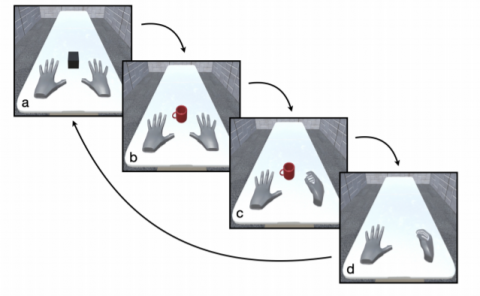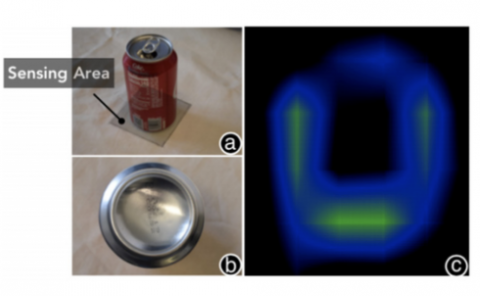A Geodesic Translation Model for Spherical Video Compression
PubDate: February 2022
Teams: University of California at Santa Barbara,
Writers: Bharath Vishwanath; Tejaswi Nanjundaswamy; Kenneth Rose
PDF: A Geodesic Translation Model for Spherical Video Compression

Abstract
Spherical video coding is critical to the success of many virtual reality and related applications. This paper focuses on an important class of spherical videos whose dynamics involve camera motion. A common approach to spherical video coding is to project from the sphere onto a plane (or planes), where a standard video coder is applied. The projection induces warping resulting in complex non-linear motion in the projected domain that severely comprises the performance of motion models in standard coders. To overcome this shortcoming, we propose a new motion model that captures the motion field on the sphere, and capitalizes on insights into the perceived motion on the sphere due to camera translation. Specifically, surrounding static points are perceived as moving along their respective geodesics, which all intersect at the points where the camera velocity vector intersects the sphere. We analyze the rate of translation along geodesics and its dependence on the elevation of a pixel on the sphere with respect to the camera velocity vector. The analysis leads to a motion vector modulation scheme that perfectly captures the perceived motion of each pixel. Complementary to the new motion model, we propose a search grid tailored to capture expected geodesic motion on the sphere for effective motion estimation. The proposed method yields significant bit-rate savings over employing standard HEVC after projection, which validates its efficacy.



